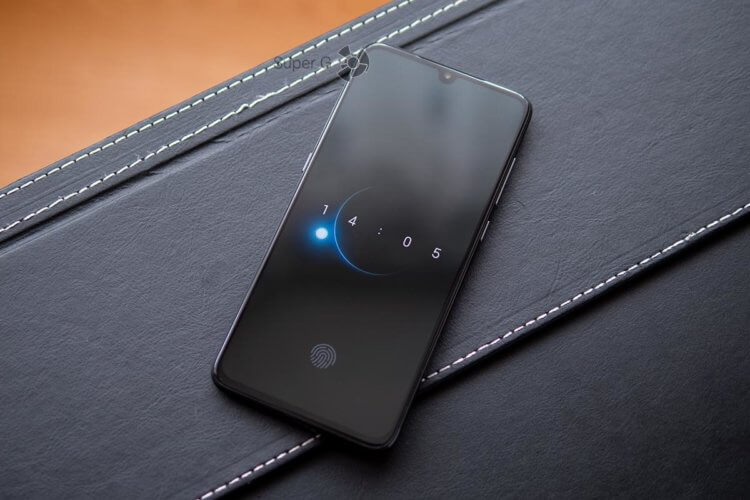Not so long ago I became the owner of a smartphone Xiaomi Mi 9 Lite, the device is equipped with a super AMOLED – screen, and this is what worried me before buying it. I strongly doubted, because AMOLED – screens have certain disadvantages. Firstly, pulse-width modulation, due to which vision can significantly deteriorate, well, the second point that worried me was the matrix burnout. Both of these problems are not inherent in IPS-screens, however, IPS-displays have their disadvantages in the form of insufficient contrast, insufficient brightness and not such good viewing angles. Since I wanted the best picture quality possible, AMOLED – the screen was probably the most correct option.

How did manufacturers solve the burnout problem?
All my doubts were gone after I understood how the manufacturers solved the problem with burnout and with pulse width modulation. In this article, I will consider both of these problems, and I can also immediately reassure our readers – there is no need to worry, these problems have been solved in modern smartphones.
Earlier I was afraid of AMOLED – screens, but now everything has changed. AMOLED – screens without obvious problems can be the best option for smartphones.
Firstly, the DC dimming function is currently used in phones, it allows you to soften the effect of screen ripple, which is popularly considered to be PWM. What is PWM? AMOLED – the screens are created on such a principle that they cannot change their brightness, since the pixels of which they are composed are capable of working only in the active or inactive state. Therefore, in order to reduce the brightness, manufacturers artificially turn on and off the diodes, creating the effect of lowering the brightness, and at the same time a person can observe a faster eye fatigue when working with a reduced brightness. At least, this was observed before, but today modern smartphones with the DC dimming function smooth out this problem, so it is no longer entirely relevant.
We will now touch on the topic of burnout. Earlier I wrote about it, but now I decided to approach this topic from a slightly different angle. Burnout is a serious issue that probably worries not only me, but also all our readers who want to buy a smartphone with AMOLED – screen. At least, I know that my phone has no problems with burnout and will not be for one simple reason – Xiaomi shifts the interface pixels after a certain period of time. And I noticed it only out of the corner of my eye and by chance, when I looked at the clock in the status bar, at that moment it slightly shifted. Thus, burnout, at least in the status bar, will not occur. Perhaps the entire interface is moving, including the wallpaper, but at that moment my vision was focused on the status bar, so, unfortunately, I cannot judge the entire interface.

Xiaomi Mi 9 SE with Always on Display
Also, until now I have not wanted to use the Always On Display feature. The fact is that it seemed to me that this function places the elements on the smartphone screen and at the same time does not displace them in any way, however, I noticed that when the Always On Display function is constantly running, the interface element on the screen – in my case it is a clock – with a certain frequency shifts to different screen positions, eliminating burn-in problems in standby mode.
Many people still don't understand what burnout is. I will try to explain. AMOLED – screens are composed of pixels, while pixels are composed of subpixels: each pixel consists of a red, green and blue diode. The problem is that the blue diode doesn't shine as brightly as the red or green, so manufacturers tend to make the blue diode brighter. This leads to the fact that over time in places where a blue diode is used – and this is usually white – the image gradually fades, leaving unpleasant traces behind. And some manufacturers solve this problem by using the PenTile structure – in this case, the blue diodes are larger and at the same time the same brightness as in the case of the red and green diodes, due to which the difference in brightness of different colors is compensated.
Now I simply have no doubt that my smartphone will not have problems with matrix burnout, simply because manufacturers today are doing everything so that the user does not buy a new smartphone of another brand in the future, but looks at the phone of the brand that he is using now. After all, it is important for many companies that the user experience does not change over time – does not deteriorate. And I wonder what even Chinese manufacturers think about it.
It is important for us to know your opinion on this matter. Do you own a smartphone with a super AMOLED – screen? If so, does your device manufacturer use various means to address burn-in problems? Share your opinion in the comments, and do not forget to subscribe to our Telegram.
